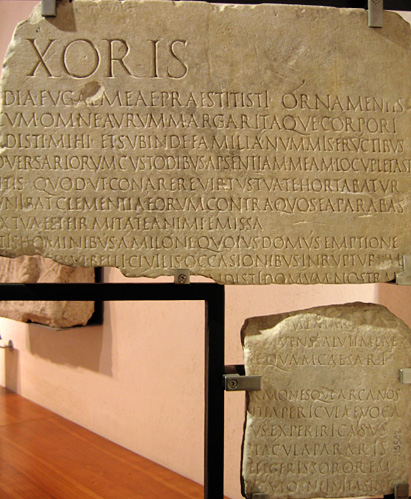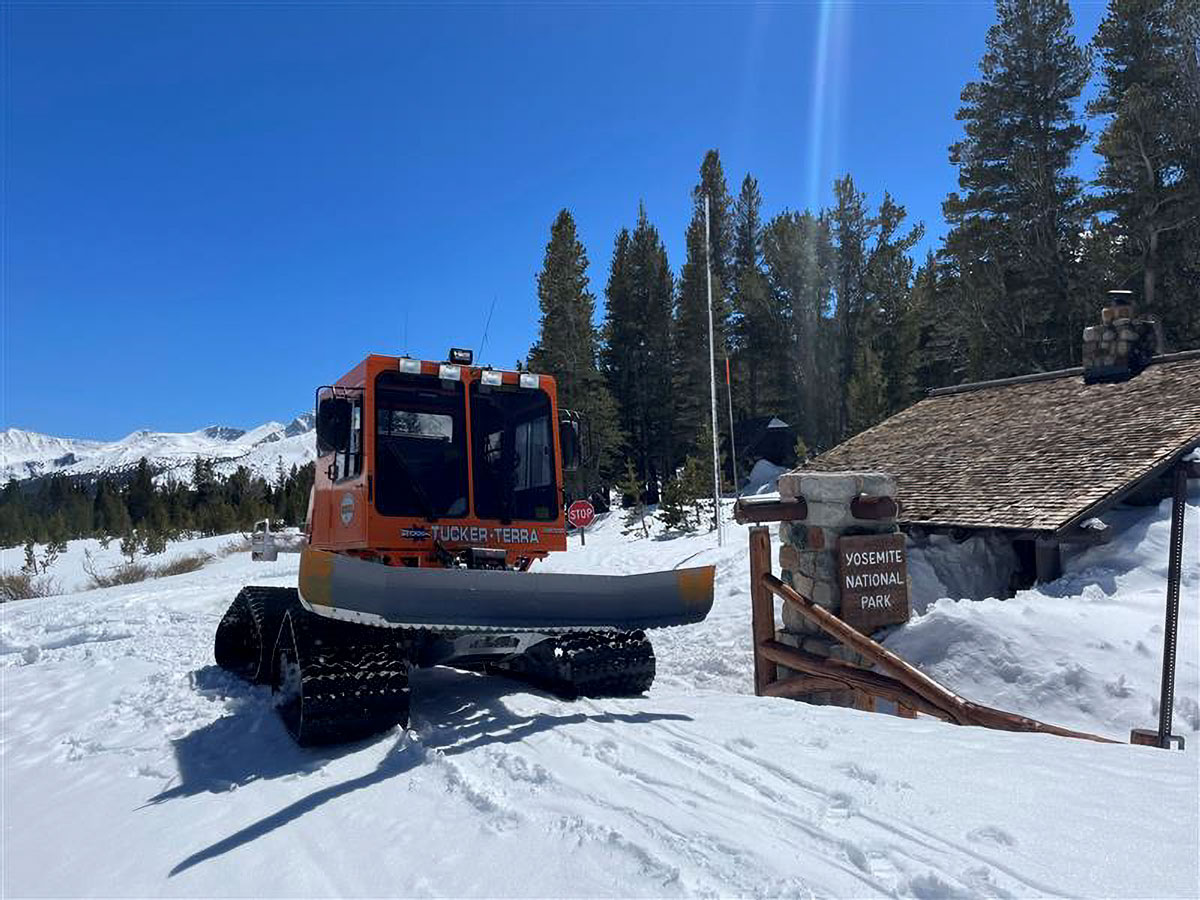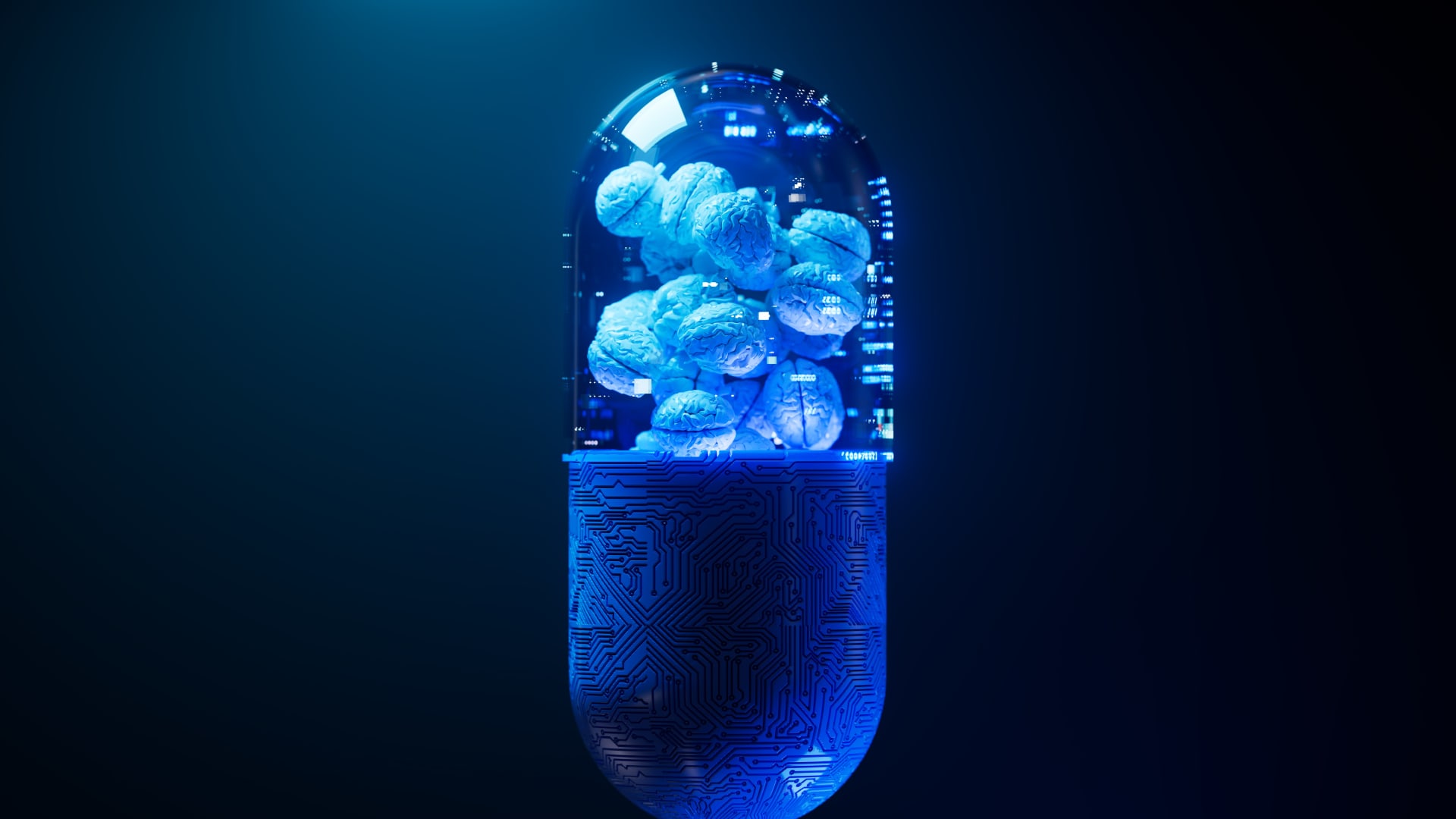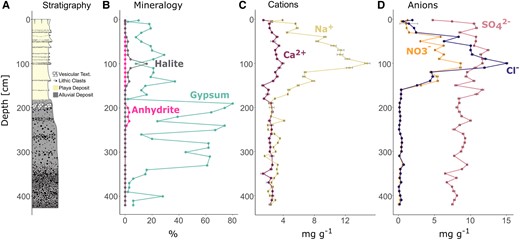
Persistent microbial communities in hyperarid subsurface habitats of the Atacama Desert: Insights from intracellular DNA analysis
Lucas Horstmann, Daniel Lipus, Alexander Bartholomäus, Felix Arens, Alessandro Airo, Lars Ganzert, Pedro Zamorano, Dirk Schulze-Makuch, Dirk Wagner, Persistent microbial communities in hyperarid subsurface habitats of the Atacama Desert: Insights from intracellular DNA analysis, PNAS Nexus, Volume 3, Issue 4, April 2024, pgae123, https://doi.org/10.1093/pnasnexus/pgae123
Desert environments constitute one of the largest and yet most fragile ecosystems on Earth. Under the absence of regular precipitation, microorganisms are the main ecological component mediating nutrient fluxes by using soil components, like minerals and salts, and atmospheric gases as a source for energy and water. While most of the previous studies on microbial ecology of desert environments have focused on surface environments, little is known about microbial life in deeper sediment layers. Our study is extending the limited knowledge about microbial communities within the deeper subsurface of the hyperarid core of the Atacama Desert. By employing intracellular DNA extraction and subsequent 16S rRNA sequencing of samples collected from a soil pit in the Yungay region of the Atacama Desert, we unveiled a potentially viable microbial subsurface community residing at depths down to 4.20 m. In the upper 80 cm of the playa sediments, microbial communities were dominated by Firmicutes taxa showing a depth-related decrease in biomass correlating with increasing amounts of soluble salts. High salt concentrations are possibly causing microbial colonization to cease in the lower part of the playa sediments between 80 and 200 cm depth. In the underlying alluvial fan deposits, microbial communities reemerge, possibly due to gypsum providing an alternative water source. The discovery of this deeper subsurface community is reshaping our understanding of desert soils, emphasizing the need to consider subsurface environments in future explorations of arid ecosystems.
Microorganisms are the main actors by controlling nutrient fluxes in hyperarid desert ecosystems. However, only few studies have explored microbial communities of desert subsurface soils. Our study used intracellular DNA to characterize the living microbial community along a soil profile in the Atacama Desert and revealed diverse communities down to a depth of 4.20 m. This discovery is expanding our understanding of desert biodiversity suggesting that subsurface niches are colonized under favorable environmental conditions, implying that the global biodiversity of deserts might have been underestimated in previous studies. An example of favored conditions is the presence of a gypsum-containing geological substrate, providing water by dewatering to anhydrite and thus being a potential analog for subsurface habitable niches on Mars.
Leave a Comment
Related Posts

Tale of Two Intersecting Epidemics: Why We Need mRNA Vaccines in Africa, and For All Who Are Immunocompromised
Comment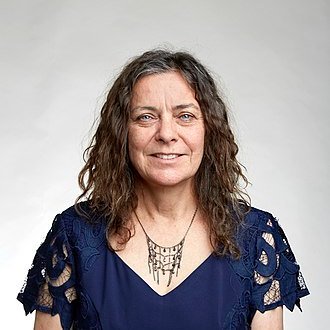
Jill Banfield on Twitter: "I repeat- I haven’t been this excited about a discovery since CRISPR. We found something enigmatic that, like CRISPR, is associated with microbial genomes. We have named these unique entities #BORGs"
Comment





